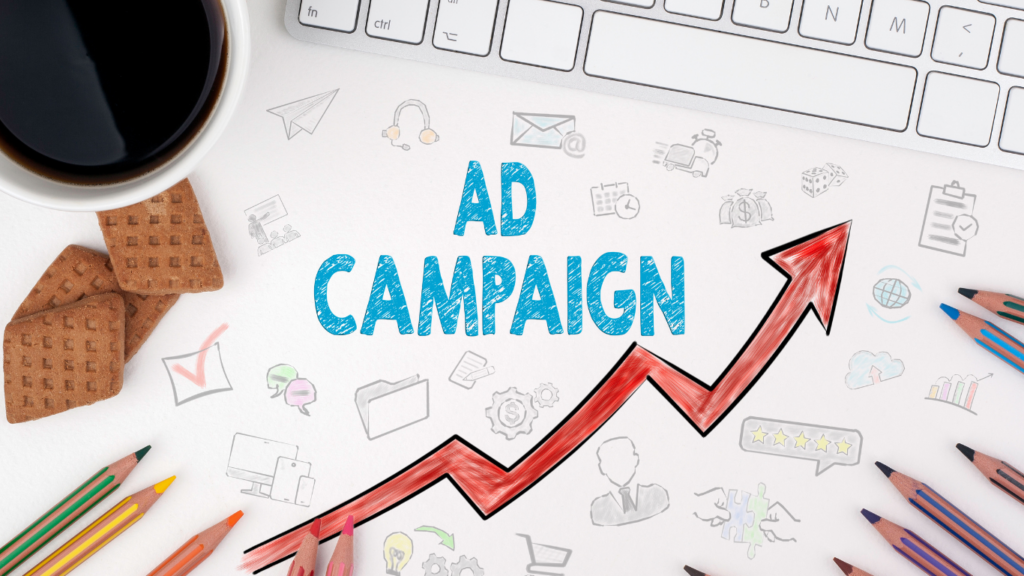
Google Ads is one of the most powerful advertising platforms available, offering businesses the opportunity to reach potential customers when they are actively searching for products or services. However, the key to success on Google Ads is not just about driving traffic—it’s about maximizing return on investment (ROI). If you’re running Google Ads campaigns and want to ensure you’re getting the most out of your ad spend, it’s crucial to optimize your campaigns continuously.
In this blog, we’ll explore effective strategies for optimizing Google Ads to boost ROI, from refining your targeting to adjusting your bidding strategies.
Why Google Ads Optimization is Crucial for ROI
Google Ads can deliver incredible results, but only if your campaigns are optimized to perform well. Without proper optimization, you risk wasting your advertising budget on ads that don’t drive conversions. Effective optimization helps ensure that your ads reach the right audience, use the best keywords, and have compelling messaging, ultimately leading to more conversions at a lower cost per acquisition (CPA).
Key Strategies for Optimizing Google Ads
Here are the most effective strategies to help you get the most out of your Google Ads campaigns and maximize ROI:
1. Refine Keyword Targeting
The foundation of any Google Ads campaign is keyword selection. Optimizing your keyword targeting ensures your ads appear when users are actively searching for relevant terms. Here’s how to improve your keyword targeting:
Use Keyword Match Types: Google Ads offers various match types (broad match, phrase match, exact match, and negative keywords). Using the right match type allows you to control the relevance of your ads. For example, broad match can bring in a larger audience, but exact match ensures precision and reduces wasted spend.
Research Long-Tail Keywords: Long-tail keywords (longer, more specific search queries) tend to have lower competition and higher conversion rates. These keywords can drive highly targeted traffic and help you achieve a better ROI.
Use Negative Keywords: Negative keywords prevent your ads from showing for irrelevant searches. Regularly add negative keywords to filter out low-intent traffic, improving ad performance and reducing unnecessary costs.
2. Optimize Ad Copy and Landing Pages
Ad copy and landing pages play a huge role in conversion rates. If users click on your ads but don’t convert, you may need to revise your messaging or optimize your landing page.
Write Compelling Ad Copy: Ensure your ad copy is clear, concise, and highlights the value proposition. Include a strong call to action (CTA) that encourages users to take action. Experiment with different headlines and descriptions to see which combinations generate the best response.
Optimize Landing Pages: Make sure your landing pages are relevant to the ad copy and provide a smooth user experience. The page should load quickly, be mobile-friendly, and clearly guide users toward your conversion goal (e.g., form submissions, purchases).
A/B Test Your Ads: Continuously A/B test your ad copy and landing pages. Small tweaks in wording or design can lead to significant improvements in conversion rates.
3. Leverage Ad Extensions
Ad extensions are a powerful tool for increasing visibility and improving your CTR. They allow you to include additional information in your ads, such as location, phone numbers, additional links, and more.
Use Sitelink Extensions: Sitelinks show extra links under your main ad, directing users to specific pages on your website. This helps increase CTR by offering more options.
Call Extensions: If you’re running a service-based business, adding call extensions allows users to directly contact you with a click. This can drive higher conversions, especially on mobile.
Location Extensions: Location extensions help people find your physical store easily by showing your address and phone number. This is useful for local businesses aiming to drive foot traffic.

4. Refine Audience Targeting
Audience targeting helps you reach the right people, which is crucial for maximizing ROI. Google Ads offers several targeting options to refine your audience:
Use Demographic Targeting: Adjust your targeting based on demographics such as age, gender, income level, and more. Tailor your messaging to appeal to specific groups to improve conversion rates.
Remarketing: Remarketing allows you to show ads to users who have previously interacted with your website but didn’t convert. These users are already familiar with your brand and are more likely to convert when they see your ads again.
In-Market Audiences: Google’s in-market audiences target users who are actively researching or considering products or services like yours. This can help you focus your budget on high-intent users.
5. Choose the Right Bidding Strategy
Choosing the right bidding strategy is crucial for maximizing your ROI. Google Ads offers several bidding options, each designed to achieve specific goals.
Manual CPC (Cost Per Click): With manual CPC, you set your maximum bid for each click. This gives you control over your budget but requires more effort in managing bids.
Target CPA (Cost Per Acquisition): Target CPA is an automated bidding strategy that optimizes your bids to get as many conversions as possible at your desired cost per acquisition. This can be an efficient way to achieve your ROI goals.
Maximize Conversions: This automated bidding strategy automatically adjusts your bids to get the most conversions within your budget. It’s ideal if your goal is to drive as many conversions as possible.
Target ROAS (Return on Ad Spend): Target ROAS optimizes your bids to achieve a specific return on ad spend. This is ideal for businesses that are looking to maintain a certain level of profitability from their campaigns.
6. Monitor and Adjust Ad Frequency
If you show your ads too frequently to the same users, they may become fatigued and stop engaging with them. This can lead to a lower CTR and wasted spend. Monitor your ad frequency and adjust it as needed to prevent overexposure.
Set Frequency Caps: Google Ads allows you to set frequency caps to limit how many times an ad is shown to the same user within a specific time period. This helps avoid ad fatigue while ensuring maximum engagement.
7. Monitor and Analyze Campaign Performance
Regular monitoring and analysis are key to optimizing your Google Ads campaigns. Review your campaigns’ performance data, including:
Click-Through Rate (CTR): A high CTR indicates that your ad copy is effective, while a low CTR suggests your ad might need improvement.
Conversion Rate: The conversion rate is one of the most important metrics, as it shows how many clicks result in the desired action. If this is low, it might indicate that your landing page or targeting needs adjustment.
Cost Per Conversion: Monitor your cost per conversion to ensure you’re achieving a reasonable ROI. If your CPA is too high, consider adjusting your bidding strategy, targeting, or ad copy.
Drive Maximum ROI with Google Ads Optimization
Optimizing your Google Ads campaigns is an ongoing process that requires testing, monitoring, and refinement. By implementing these strategies—refining your keyword targeting, improving ad copy and landing pages, using ad extensions, adjusting audience targeting, and selecting the right bidding strategy—you can maximize ROI and achieve better results from your ad spend.
Remember that consistent optimization and analysis will help you stay ahead of the competition and ensure your campaigns are as cost-effective as possible. With the right approach, Google Ads can be a powerful tool to grow your business and boost your bottom line.


